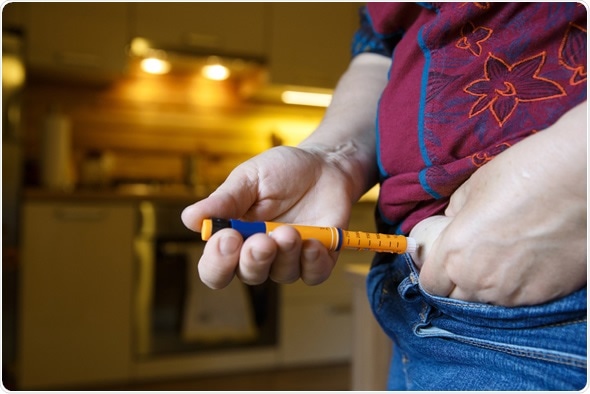Site Under Development, Content Population and SEO, Soft Launch 1st January 2020
Drug metabolism is the term used to describe the biotransformation of pharmaceutical substances in the body so that they can be eliminated more easily. The majority of metabolic processes that involve drugs occur in the liver, as the enzymes that facilitate the reactions are concentrated there.

The purpose of metabolism in the body is usually to change the chemical structure of the substance, to increase the ease with which it can be excreted from the body.
Drugs are metabolized through various reactions including:
In most cases, when a drug is metabolized it becomes inactivated. However, the metabolites of some drugs are pharmacologically active and exert an effect on the body. In fact, the active metabolite of some medications is responsible for the principal action of the drug. In this case, the drug formulation is referred to as a prodrug.
The rate of drug metabolism can vary significantly for different patients. This affects the efficacy and toxicity of the drug for patients who have very high or low metabolism rates.
For example, rapid metabolizers clear the drug very quickly, and the therapeutic concentration of the drug in the blood and tissues may not be reached. In other patients, the drug is metabolized so slowly that it accumulates in the blood stream. The higher concentration of the drug in the body creates a greater potential for adverse effects.
The patient factors that affect the rate of metabolism include:
There are often two phases of drug metabolism.
Metabolites formed in Phase II by synthetic reactions are more polar, and can hence be excreted in the urine or bile more easily. These phases are not sequential and refer to the type of reaction, not the order in which they occur.
There is an upper limit for the rate of drug metabolism in the vast majority of drugs. This is due to the saturation of the enzymes needed for the metabolic pathway to take place. However, the therapeutic doses usually used are significantly below the level of saturation and, as a result, the metabolism rate increases with the concentration of the drug. This is referred to as first-order kinetics. In first-order kinetics, the metabolism rate is a constant fraction of the concentration of the drug in the body.
In some cases, therapeutic doses of the drug can lead to the saturation of the enzyme sites. In such cases, the metabolism remains constant despite increases in the dose of the drug. This is referred to as zero-order kinetics.
The most common and important enzyme group involved in the Phase I metabolism of drugs is the cytochrome P450 (CYP450) superfamily of enzymes. This group of enzymes acts as a catalyst for the oxidation of many drugs. It can, in turn, also be induced or inhibited by many drugs and other substances. As a result, the metabolism of some drugs is affected by the presence of other substances. This is what is known as a drug interaction.
Some of the important enzymes in this family include:
Many drugs and other substances found in foods or herbal remedies can affect these enzymes and change the rate of metabolism of drugs.
With aging, the capacity of the CYP450 metabolism decreases by at least 30%, probably due to changes in the hepatic volume and blood flow. As a result, the dosage of drugs often needs to be reduced in elderly patients.
Glucuronidation is the most common type of phase II reaction, and occurs in the microsomal enzyme system of the liver. This reaction increases the solubility of the drugs so that they can be secreted in the bile or urine. Aging does not affect the metabolic rate of glucuronidation and, therefore, there is not usually a need to reduce the dose of such drugs for metabolic reasons in the elderly.